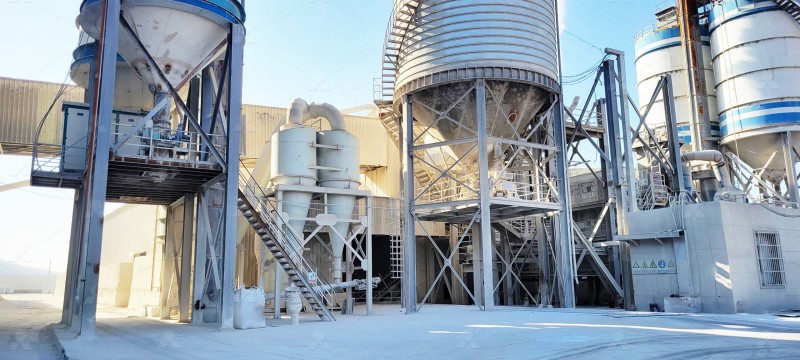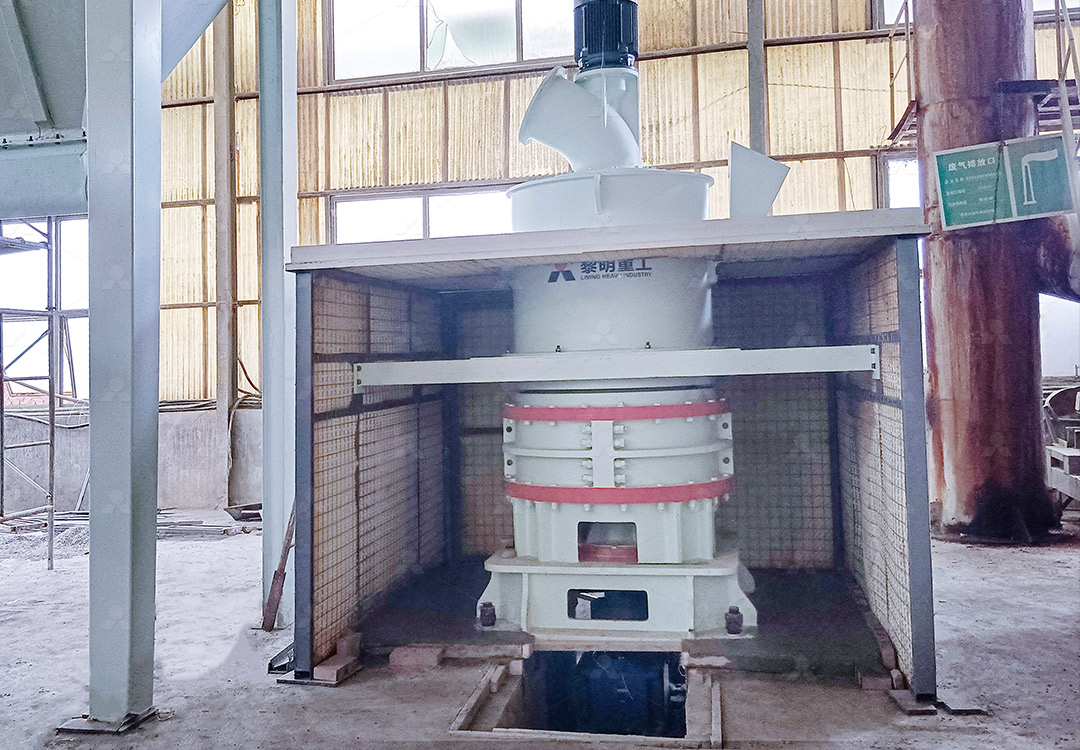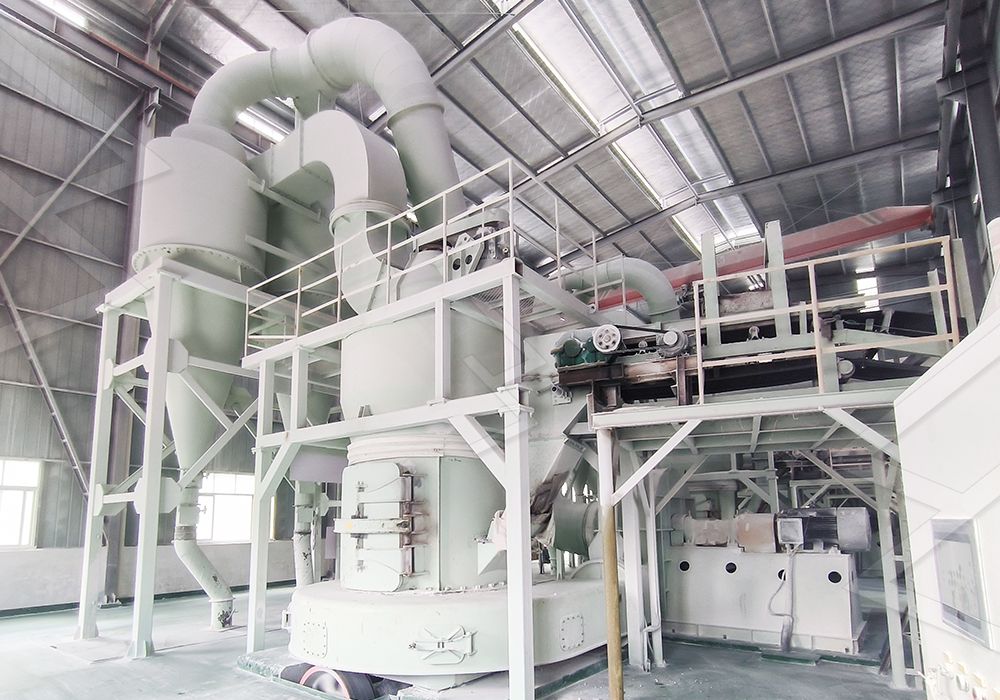Raymond Mill for Grinding Titanium Dioxide: Key Features and Applications
Raymond Mill for Grinding Titanium Dioxide: Key Features and Applications
In the world of industrial mineral processing, titanium dioxide stands as one of the most challenging materials to grind effectively. With its exceptional opacity and brightness properties, TiO₂ demands precision grinding equipment that can deliver consistent particle size distribution while maintaining product purity. For decades, Raymond Mill technology has provided reliable solutions for this demanding application.

The Titanium Dioxide Grinding Challenge
Titanium dioxide presents unique grinding challenges due to its abrasive nature and the strict quality requirements for final product specifications. The material’s widespread use in paints, coatings, plastics, and cosmetics necessitates precise control over particle size distribution, typically ranging between 200-400 mesh for most industrial applications. Traditional grinding approaches often struggle with contamination issues, inconsistent output, and excessive energy consumption when processing TiO₂.
Raymond Mill technology addresses these challenges through its specialized grinding mechanism that combines compression and shear forces. The system’s ability to maintain consistent grinding pressure and temperature control prevents degradation of the titanium dioxide’s optical properties while achieving the desired fineness levels.
Advanced Solutions for Modern TiO₂ Processing
While traditional Raymond Mills continue to serve many TiO₂ processing operations effectively, recent technological advancements have introduced more sophisticated alternatives. For operations requiring ultra-fine titanium dioxide powders with precise particle distribution, our MW Ultrafine Grinding Mill represents a significant leap forward.
This advanced system handles input sizes up to 20 mm with throughput capacities ranging from 0.5 to 25 tph, making it ideal for both small-scale specialty production and larger industrial operations. The MW series incorporates German cage-type powder selector technology, enabling precise fineness adjustment between 325-2500 meshes – a critical capability for titanium dioxide applications where specific particle size distributions directly impact product performance.

Key Technical Advantages for TiO₂ Processing
The MW Ultrafine Grinding Mill delivers several distinct advantages when processing titanium dioxide:
- Superior Particle Control: The multi-head cage-type powder selector ensures precise classification with screening rates achieving d97≤5μm in a single pass, critical for TiO₂ quality consistency
- Enhanced Purity Maintenance: With no rolling bearings or screws in the grinding chamber, contamination risks are minimized, preserving the brilliant whiteness of titanium dioxide
- Energy Efficiency: Operating at just 30% of the energy consumption of jet grinding mills, the system significantly reduces production costs
- Environmental Compliance: Integrated pulse dust collection and noise reduction systems ensure operations meet stringent environmental standards
For operations requiring even higher precision and specialized TiO₂ processing, our LUM Ultrafine Vertical Grinding Mill offers additional advantages with its unique roller shell and lining plate grinding curve design. This system facilitates easier material layer generation and achieves higher finished product rates through single-pass powder milling, enhancing both efficiency and product whiteness.
Application-Specific Configurations
Titanium dioxide grinding applications vary significantly based on end-use requirements. For pigment-grade TiO₂ used in coatings and plastics, the MW Ultrafine Grinding Mill’s ability to produce consistent 325-1500 mesh products makes it particularly suitable. The system’s digital processing capabilities ensure high machining precision, especially for core components that directly impact product quality.

Specialty titanium dioxide applications in cosmetics and food additives benefit from the mill’s enclosed design and contamination-free operation. The absence of internal screws and external lubrication points prevents product contamination, while the efficient pulse dust collector maintains a clean operating environment.
Operational Considerations
Successful titanium dioxide grinding operations require attention to several key factors. Material moisture content should be carefully controlled, typically below 2%, to prevent clogging and ensure efficient grinding. Feed rate consistency directly impacts particle size distribution, making the MW Ultrafine Grinding Mill’s stable feeding system particularly valuable.
Maintenance planning should account for the abrasive nature of titanium dioxide. The MW series addresses this through its robust construction and accessible component design, supported by our comprehensive spare parts supply chain that ensures worry-free operation.
Frequently Asked Questions
Q: What makes the MW Ultrafine Grinding Mill particularly suitable for titanium dioxide processing?
A: The MW series combines precise particle size control (adjustable between 325-2500 meshes) with contamination-free operation, critical for maintaining TiO₂ purity and optical properties. Its energy-efficient design reduces operating costs significantly compared to alternative technologies.
Q: How does the fineness adjustment work on your grinding mills?
A: Our mills feature advanced cage-type powder selectors that allow precise control over particle size distribution. The multi-head configuration can be tailored to specific production requirements, ensuring consistent product quality across different TiO₂ grades.
Q: What throughput capacities can I expect when grinding titanium dioxide?
A: The MW Ultrafine Grinding Mill handles capacities from 0.5 to 25 tph, depending on desired fineness and material characteristics. Our technical team can provide specific capacity projections based on your TiO₂ specifications and production requirements.
Q: How do you address the abrasive nature of titanium dioxide in mill design?
A: We utilize wear-resistant materials in critical components and employ designs that minimize direct metal-to-metal contact in the grinding chamber. The absence of rolling bearings and screws in the grinding zone significantly reduces wear part replacement frequency.
Q: What environmental considerations are incorporated into your grinding systems?
A: Our mills feature integrated pulse dust collectors that eliminate dust pollution and silencers that reduce operational noise. The systems are designed to comply with international environmental protection standards, making them suitable for installation in regulated industrial areas.
